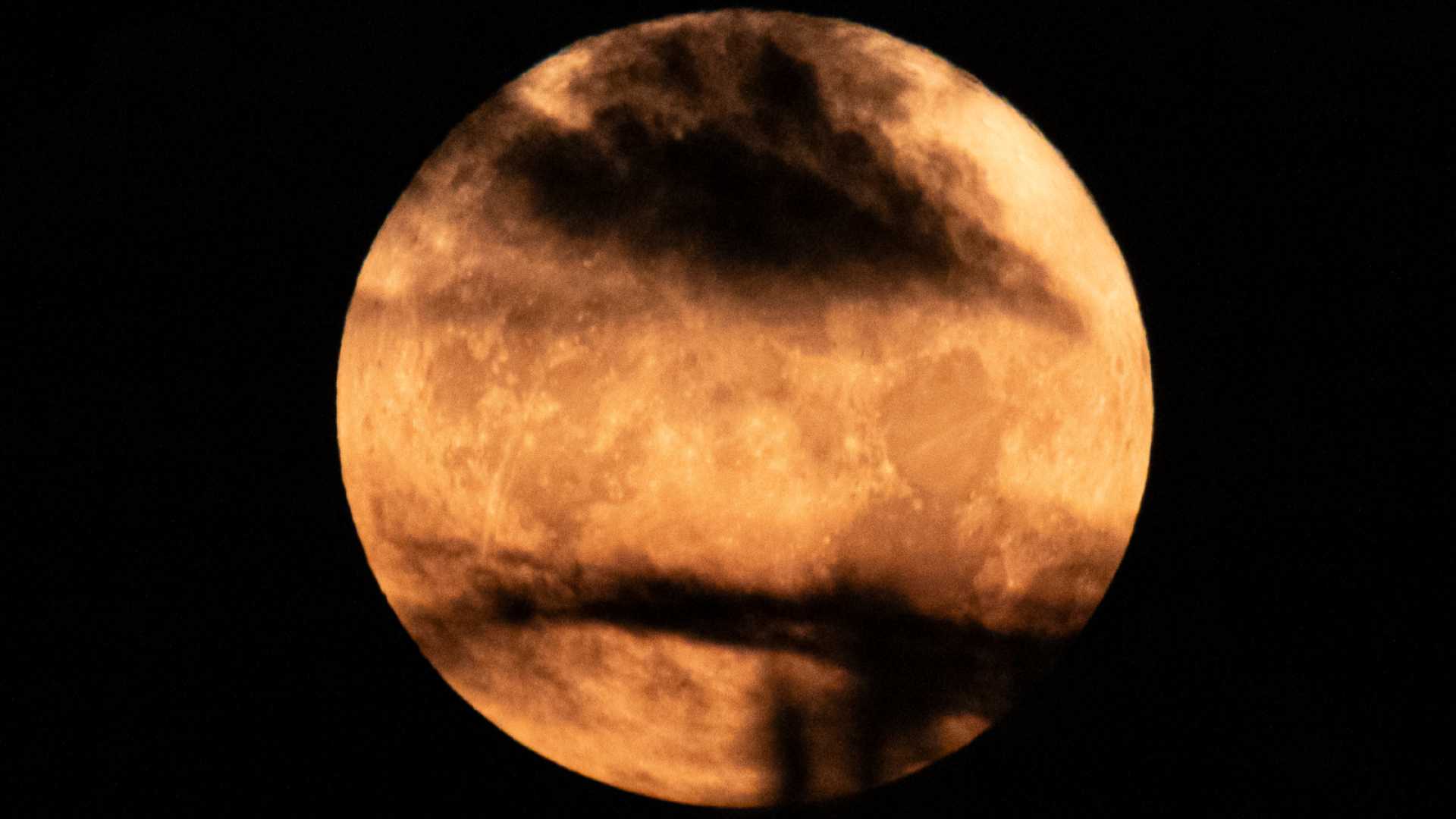News
Catch July’s Buck Moon at Its Peak This Thursday Night

Washington, D.C. — Stargazers can look to the sky this Thursday night to see July’s full buck moon reach its peak illumination at 4:37 p.m. ET. However, residents in North America will have to wait until after sunset to catch a glimpse, as the moon will be below the horizon at its peak.
Noah Petro, chief of NASA’s Planetary Geology, Geophysics, and Geochemistry Laboratory, explained, “The nice thing about the full moon is it looks full about a day on either side of it. If you look on the night of the 9th, the moon will appear effectively full, and likewise for the night of the 11th.”
The buck moon is named for the season when male deer, or bucks, experience rapid antler growth. This name is noted in The Old Farmer’s Almanac, which also mentions other cultural names for the full moon. Indigenous groups, for example, refer to it as the molting moon and the salmon moon, aligning with seasonal natural phenomena.
Weather permitting, optimal viewing conditions exist in areas with an unobstructed view of the eastern horizon. Bright lights should be avoided to enhance visibility, Petro advised.
Later in the month, Venus, Jupiter, and Mars will start to appear in the night sky, specifically visible toward the end of July. Early risers can observe Venus and Jupiter low on the horizon before sunrise on July 21 and 22. The planets will be joined by the Pleiades and Hyades star clusters, along with the star Aldebaran.
In addition, Mars will be visible beside a crescent moon on July 28 within the first hour or two after sunset. July also marks the 60th anniversary of NASA’s Mariner 4 flyby of Mars, where the spacecraft captured the first images of the red planet.
Looking ahead, five more full moons will occur in 2025, with supermoons set for October, November, and December. Residents can anticipate a total lunar eclipse on September 7 and 8, visible across parts of Europe, Asia, and South America.
During the eclipse, Earth’s shadow will darken the moon, potentially casting a reddish hue known as a “blood moon.” A partial solar eclipse will follow on September 21, visible in parts of Australia and the Atlantic.












